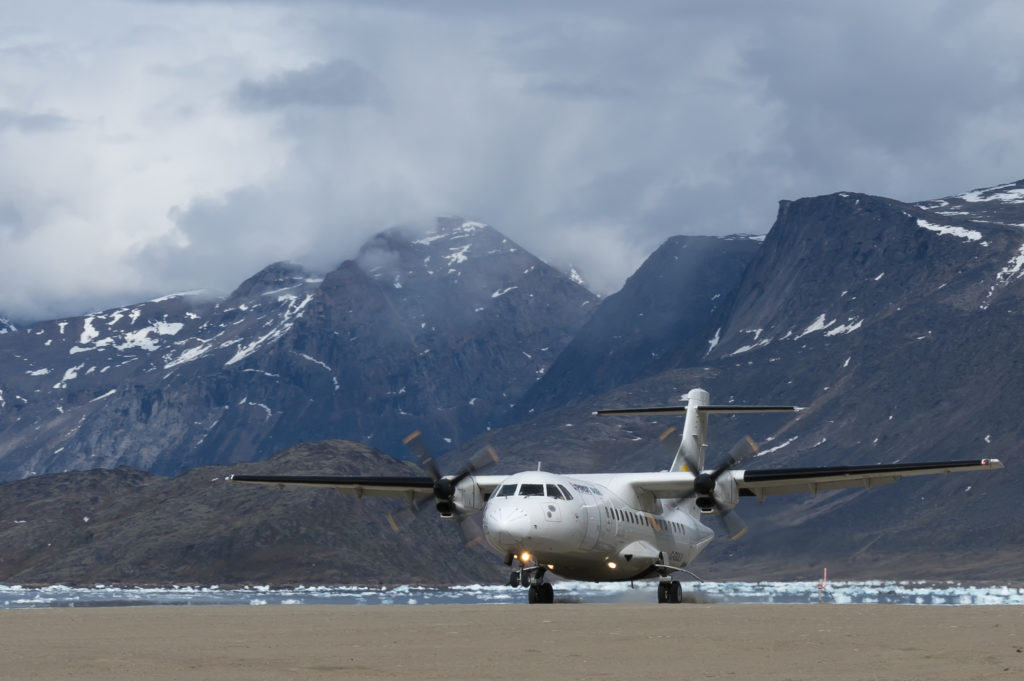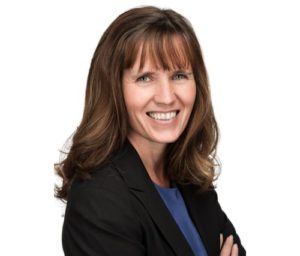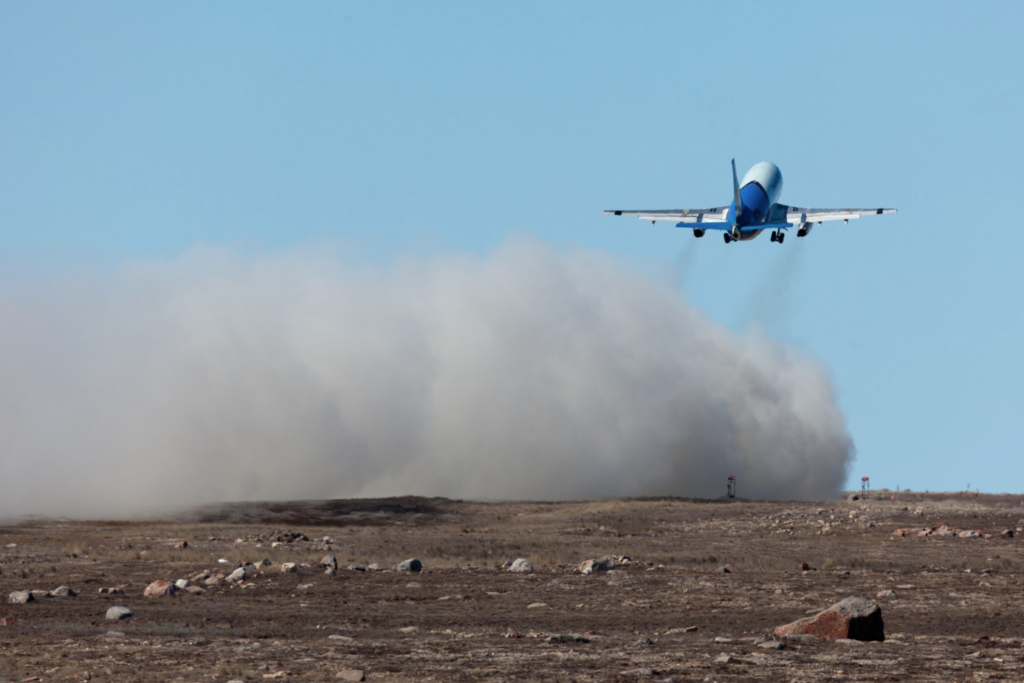Estimated reading time 7 minutes, 24 seconds.
Despite the fact that Canada’s three northern territories showed a nearly six per cent population increase between the 2011 and 2016 national census reports, the vast geography of the Canadian North remains largely uninhabited.

Together, the Northwest Territories, Nunavut and Yukon are home to 113,604 people, according to 2016 population statistics. They are spread far and wide, in a series of small settlements connected almost exclusively by air.
For Wendy Tayler, the incoming president of the Northern Air Transport Association (NATA), maintaining that connectivity–not just between communities but also among the group’s 31 operator members–is a big responsibility.
That’s why she’s such a big proponent of NATA 43, the association’s 43rd conference, annual general meeting and tradeshow. This year, the event is being held in Yellowknife, N.W.T., from April 29 to May 1, 2019.
“For me, the greatest benefit to the conference is that it’s an opportunity for all northern operators to connect,” said Tayler, who begins her two-year term as NATA president at the show. “We are scattered across three territories, so it’s not always possible.”
As president and majority shareholder at Alkan Air, a multi-dimensional operator providing both aircraft charters and flight training from its base in Whitehorse, Yukon, Tayler is a passionate advocate for northern aviation.
“I want to work together to ensure our voice continues to be heard in Ottawa and that all northern issues are addressed and recognized at the federal level,” she told Skies. “One of the areas of true value is that NATA has a healthy relationship with Transport Canada, and I intend to continue to foster that. Both Transport Canada and the Transportation Safety Board come to our conference every year.”

Tayler, who was on the NATA board for five years before becoming president, said she is looking forward to tackling what she sees as northern aviation’s biggest challenges.
First is the pilot shortage–an issue that is certainly global, but one that shows a unique face in the North.
“In the past, newly graduated pilots would come north and develop their skills before moving to a southern airline,” she commented. “Now, they’re going directly into larger carriers. Some do come north, but they don’t stay long enough.”
Tayler said that over the next two years, she plans to continue NATA’s work with the federal government and Transport Canada to make it easier for northern youth to pursue aviation careers. Specifically, she is interested in finding homegrown solutions.
“It’s very important to me that we find ways to attract and train northerners to work in the North. As a result, they will stay here rather than spend a brief time and leave. If we can get a pilot from Iqaluit doing the medevacs in Nunavut, that would be ideal.”
One of the biggest barriers to becoming a pilot is paying for the training. With different financing criteria across the country, Tayler said NATA wants to see standardized and accessible funding options.
“It’s not going to be an easy fix, but it’s critical.”
Ranking in the No. 2 spot on Tayler’s most important issues list is Canada’s new flight and duty time regulations, announced in December 2018.

“There’s been plenty of debate about these regs. The challenge for us is that the way we operate in the North is so different from major carriers. To have the same set of regulations apply to us is illogical.”
While she appreciates that Transport Canada has offered operators a different option through the implementation of a fatigue risk management system (FRMS), Tayler said that is a complex path. However, she is encouraged that the regulator is willing to assist operators with the development and implementation of an FRMS.
“There is a willingness to help us. We are disappointed the regs went through as they did; however, if we are able to find a way to make FRMS work that will be the best-case scenario now.”
Thirdly, Tayler is vocal about what she calls northern aviation’s unique funding needs.
“We want a northern version of the ACAP [Airports Capital Assistance Program],” she said. “Our airports are extremely remote and as a result we have a variety of capital needs. When we share one fund with all airports in Canada, there is little money available. So, we will continue to lobby the government to find funding for the North.”
In a 2017 article, the CBC reported that while Transport Canada’s ACAP had a then-annual budget of $38 million for airport safety-related projects, only about $15 million had been spent on remote northern airports over the preceding three years.
In September 2018, aviation author Peter Pigott wrote that apart from their territorial capitals, the Yukon, Nunavut and Nunavik have only one paved runway each, while the Northwest Territories has five. Most runways are gravel and relatively short, limiting the types of aircraft that can access them, he noted.

Given the fact that the North is almost entirely dependent on aviation services to connect its citizens and deliver essential goods and services, Tayler said timely infrastructure improvements are absolutely critical.
These issues and many more will be on the agenda at NATA 43 in Yellowknife. The event also boasts a tradeshow featuring the latest products and services for northern operators.
Tayler said the member resolutions that will be drafted at the conference are the blueprint that will guide the association executive over the coming year.
“We want to be in a position to quickly respond to issues the membership raises,” she concluded.








